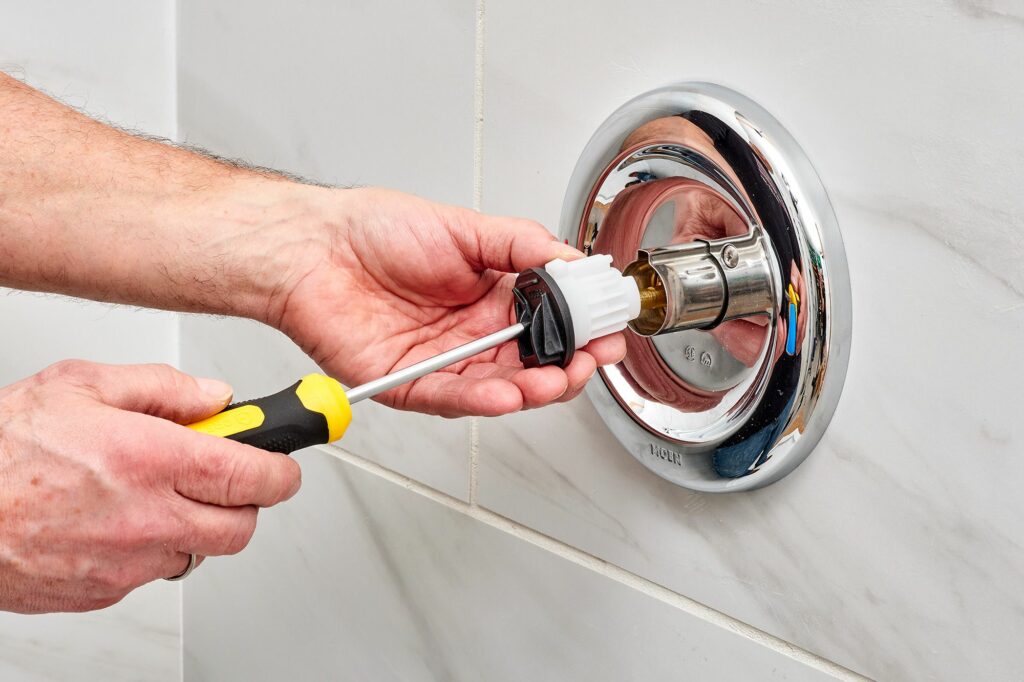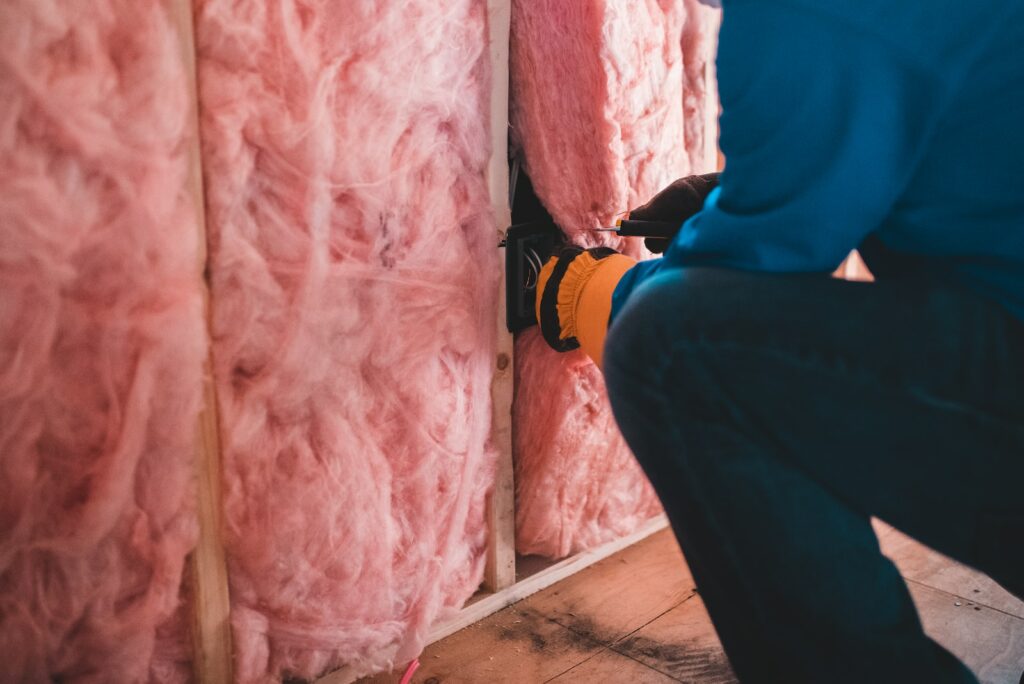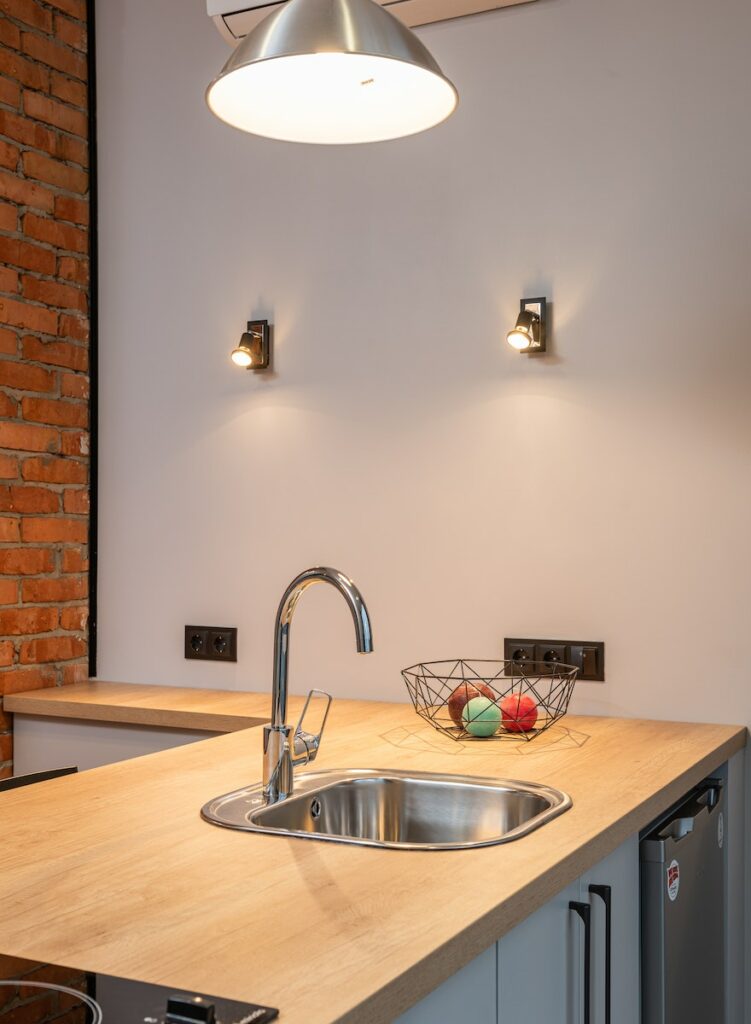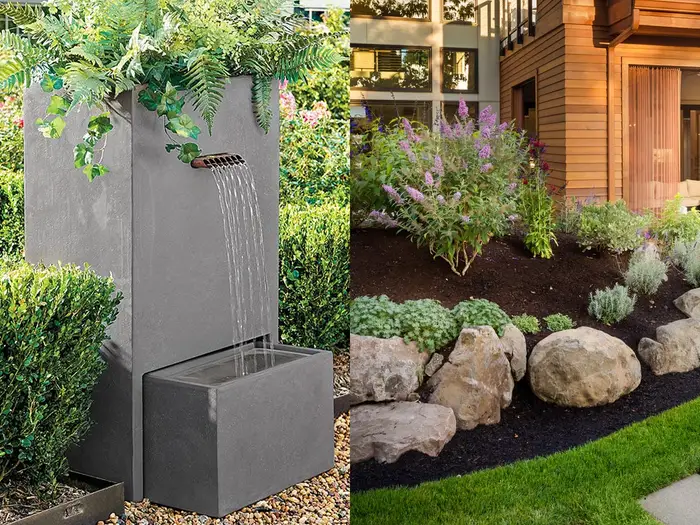How to Install a New Faucet: A Step-by-Step Guide
Installing a new faucet can be a daunting task for even the most experienced DIYers. It requires a certain level of skill and knowledge to ensure that it is done correctly. Fortunately, installing a new faucet does not have to be a complicated or costly process. With the help of this step-by-step guide, you can replace your old, worn-out faucet with a shiny, brand-new one in no time.
The Benefits of Installing a New Faucet
Installing a new faucet comes with a number of benefits. Most importantly, you can improve the looks of your kitchen or bathroom sink. The new faucet will be more aesthetically pleasing and can even help to raise the value of your home. Depending on the model, you can also enjoy features such as hands-free operation, built-in water filters, or aerators that reduce water usage.
Step-by-Step Guide to Installing a New Faucet
Step 1: Preparation
Before beginning the installation, it is important to ensure that all the necessary components are present. You should have the new faucet, a basin wrench, plumber’s tape, a putty knife and compound, a screwdriver, adjustable wrench, and a towel to clean up any messes.
Step 2: Remove the Old Faucet
Turn off the water supply before beginning. Unscrew the old faucet with an adjustable wrench. If the faucet is stuck, a basin wrench may be necessary to loosen and remove the nuts from the supply lines. Be sure to save the springs and washers from the old faucet for use with the new one.
Step 3: Clean the Sink
Unscrew and remove the old faucet, and use the putty knife and towel to clean any old sealant or residue from the sink. When the sink is clean, you can move onto the next step.
Step 4: Apply Plumber’s Tape
Take the new faucet and wrap the threads of the supply lines with plumber’s tape. This will help to create a water-tight seal and prevent any leaks.
Step 5: Install the New Faucet
Insert the supply lines through the mounting holes of the new faucet. Take the washers and springs off the old faucet and reattach them to the new one. Tighten the nuts into place with an adjustable wrench.
Step 6: Connect the Supply Lines
For most models, the supply lines will be connected to the valves beneath the sink. Connect the lines and tighten the nuts until they are snug.
Step 7: Test for Leaks
Once the faucet is installed, turn on the water supply and check for any leaks. If there are any, tighten the nuts again until the leak stops.
Step 8: Enjoy Your New Faucet
Once the faucet is installed and there are no leaks, you can enjoy your newly installed fixture.
Safety and Precautions
When installing a new faucet, it is important to take safety precautions. Make sure that all the necessary components are present before beginning installation. When replacing the old faucet, make sure to wear protective gloves and eye protection. Additionally, make sure to turn off the water supply before beginning.
Time and Expenses
The time required to complete the installation will vary depending on your level of experience. It is recommended to allow at least an hour for the installation. The cost of the project will depend on the model of faucet you choose and any additional supplies that are necessary. In most cases, the cost of supplies should not exceed $150.
Installing a new faucet can be a quick and easy way to improve the look and functionality of your kitchen or bathroom sink. With the help of this step-by-step guide, you can replace your old, worn-out faucet in no time. Just make sure to take the proper safety precautions and to select the right model for your needs.





















